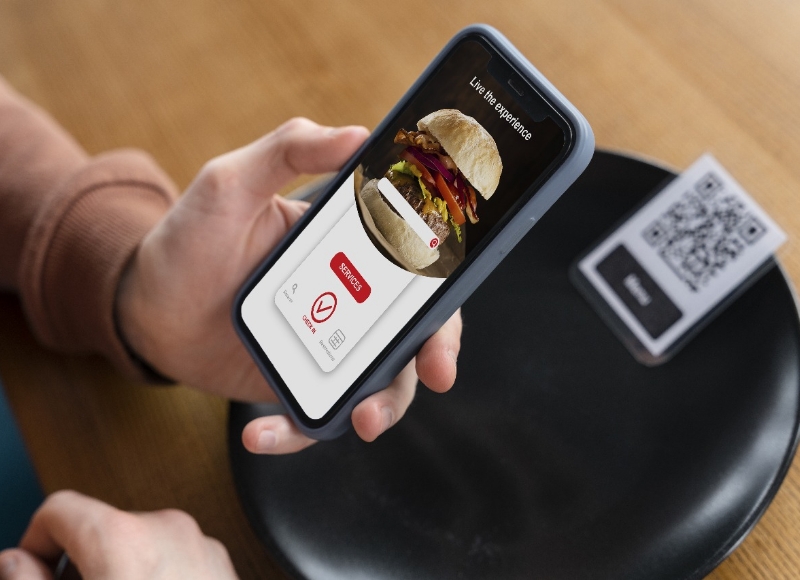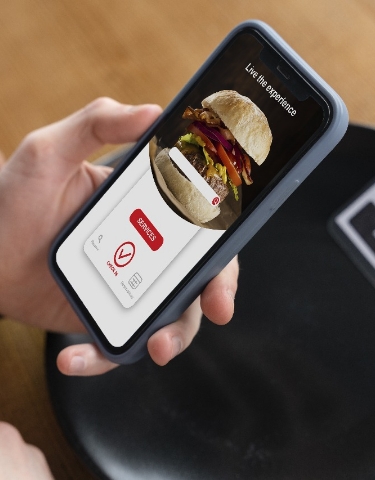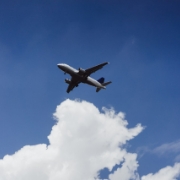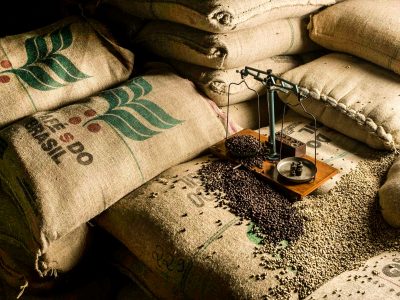Introduction
The food delivery industry in India has seen a massive boom over the past decade, driven by changing consumer preferences, the rise of convenience culture, and technological innovations that have transformed the way people access meals. Various platforms have revolutionized how food reaches consumers’ doorsteps. However, the rise of this industry has been accompanied by increasing risks, some of which have recently come to light through incidents that have captured media attention. One particular event involved a man finding a plastic glove inside a sandwich ordered online, which raised concerns about food safety, quality control, and the overall reliability of food delivery services. Such incidents, while not representative of the industry as a whole, underscore the importance of effective risk management in the food delivery services ecosystem to manage food delivery risks.
This blog aims to explore the risks in the food delivery industry and offer solutions that can help companies build more resilient operations.
Risk Overview
The food delivery sector is complex, involving various stakeholders—consumers, delivery agents, restaurant partners, and technology platforms—all of whom interact in a dynamic and fast-paced environment. The challenges are compounded by the industry’s rapid growth, increasing competition, and the continuous pressure to meet consumer expectations for speed, quality, and convenience. Understanding these complexities and identifying potential risks is the first step toward addressing the core issues faced by the industry.
Risk Identification
A comprehensive risk management approach begins with identifying the various risks associated with the food delivery industry. These risks can be broadly categorized into several key areas:
1.Operational Risks
- One of the most critical risks in the food delivery industry is food contamination or quality deterioration during transit. The case of the plastic glove inside the sandwich illustrates the operational risk associated with food preparation, packaging, and handling. Mismanagement in any of these stages could heighten food safety risks, potentially leading to incidents that compromise consumer health.
2.Supply Chain Risks
- The reliance on a vast network of restaurant partners, suppliers, and third-party logistics providers makes the food delivery industry vulnerable to supply chain disruptions. Delays in food preparation, delivery, or poor-quality ingredients can compromise service levels.
3.Technological Risks
- The role of technology in the food delivery sector is critical. Technology risks such as system outages, app crashes, payment failures, or algorithmic issues can disrupt services and lead to customer dissatisfaction.
4.Reputational Risks
- A single high-profile incident, such as a food contamination case or delivery mishap, can significantly tarnish the brand image of a food delivery platform. Public perception of the platform’s reliability and safety is crucial to maintaining customer loyalty.
- Trust is a cornerstone of the food delivery business. If customers perceive that their food safety is compromised, they may avoid using a platform altogether, leading to long-term damage to the company’s reputation.
5.Legal and Regulatory Risks
- In India, food delivery platforms must comply with the Food Safety and Standards Authority of India (FSSAI) regulations. Non-compliance or failure to meet the required standards could lead to fines, legal action, or loss of operating licenses.
- Food delivery platforms are increasingly being held accountable for the food quality issues and safety of the food they deliver. Legal risks arise when foodborne illnesses or accidents occur as a result of food delivery services.
6.Human Risks
- Delivery personnel face several safety risks, including traffic accidents, exposure to weather elements, and potential physical harm during deliveries. Moreover, poorly trained or inadequately equipped delivery agents can cause operational inefficiencies and harm to both themselves and customers.
- Poor management of delivery staff, including inadequate training or lack of adequate support, can lead to inefficiencies, delays, and customer dissatisfaction.
Risk Assessment
- Once risks are identified, it is important to assess their likelihood and potential impact. A robust risk assessment will allow food delivery platforms to prioritize which risks require immediate attention and which ones can be managed over time.
- Food safety should be one of the top priorities in risk assessment. The potential impact of food contamination or mishandling is high, as it can directly affect customer health and brand reputation.
- System failures can have a cascading impact on the platform’s operations. The likelihood of such issues increases with the volume of transactions and the complexity of the platform’s technology infrastructure.
- Reputational damage is highly likely if a serious food safety issue occurs. Given the highly competitive nature of the food delivery industry, a significant drop in consumer trust can have a long-lasting effect on the platform’s market position.
- Non-compliance with food safety regulations or negligence in food delivery, results in fines, shutdowns, or loss of market access.
Risk Mitigation Strategies
Food delivery platforms must adopt the following forward-thinking strategies-
- Ensuring that restaurant partners adhere to strict food safety and hygiene standards is crucial. This includes regular inspections, certifications, and audits to verify compliance with regulations.
- Developing contingency plans for supply chain disruptions—such as diversifying suppliers, improving communication with restaurant partners, and employing predictive analytics to forecast demand—can reduce the impact of operational interruptions.
- Investing in redundant systems, regular software testing, and real-time monitoring tools to reduce the risk of technological failures.
- Investing in AI and machine learning can help curb risks in the food delivery industry. Use of temperature/humidity sensors, GPS sensors, and shock/vibration sensors in packaging & transport can provide immediate alerts on the temperature status of perishables. These measures help mitigate spoilage and health risk. Wastage from over preparation of food, and time and fuel wastage can be avoided by implementing machine learning for route optimization, predictive maintenance of equipment, staffing and predicting traffic and weather impacts.
- Adopting packaging that maintains humidity, oxygen levels, and use of materials that slow spoilage is a step to curb food hygiene risks and extend shelf life ensuring food remains safe during transit. Robotics for cooking, and automation in sorting orders reduces the risks from dependence on the human workforce. AI systems that allow customers & partners to search menus conversationally and voice order help improve the customer experience.
- Implementing Regulatory Technology (RegTech) through tools that automatically check compliance to FSSAI and other regulations, and maintain smart contracts makes regulatory compliance error-prone.
- Environmental risk can be reduced by optimizing delivery routes to reduce emissions and using electric vehicles. Platforms to monitor delivery partner behaviour and the use of wearables for safety reduces mishandling and accidents.
- Comprehensive training programs for delivery staff on safe driving practices, food handling procedures, and customer service can help mitigate human risks. Providing adequate protective gear, insurance coverage, and health support can also reduce safety risks for delivery personnel.
- Establishing clear communication channels and protocols for managing incidents, including food safety breaches or delivery failures, is critical. This ensures that when a problem occurs, it is addressed swiftly and transparently.
Risk Monitoring
Effective risk monitoring is key to ensuring that mitigation strategies are working and that new risks are identified in a timely manner. This can be achieved by –
- Establishing real-time feedback mechanisms, where customers can report issues immediately. Such a system enables quick response times and helps identify recurring problems.
- Leveraging data to track trends, performance, and potential risks. This can help preemptively address operational risks or customer service failures.
ISO 31000 Risk Management Framework
The ISO 31000 framework provides a systematic approach towards enterprise risk management, outlining techniques to manage risks, ensuring that they are integrated into all aspects of an organization’s strategy, operations, and decision-making processes. In the context of the food delivery industry:
- Risk management should be embedded in the culture of the organization, not just as a reactive measure to incidents but as a proactive part of daily operations. This includes setting clear risk management objectives and aligning them with overall business goals.
- Effective risk management requires leadership commitment to fostering a risk-aware culture throughout the organization. This includes making risk management a priority at the executive level and ensuring that all staff are aligned with the company’s risk policies.
- ISO 31000 emphasizes the need for continuous improvement. The food delivery industry should constantly refine its risk management processes based on lessons learned from past incidents.
Conclusion
Modern risk management frameworks like ISO 31000 enable food delivery apps and platforms to identify, assess, and mitigate risks more effectively. Future efforts should focus on food delivery risk management to enhance operational resilience, along with investing in technology and fostering a culture of continuous improvement. With these strategies in place, food delivery companies can navigate the challenges of the industry while ensuring customer safety, operational efficiency, and long-term growth.















